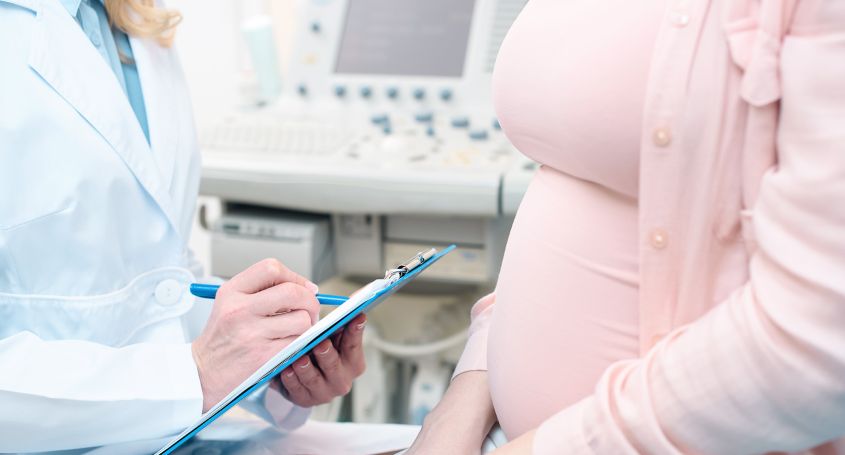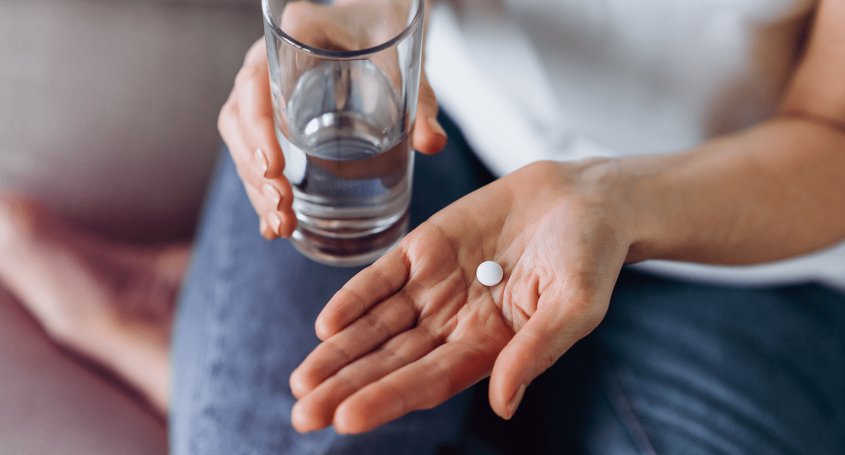When you surf the net you find a lot of information, but there’s a significant part of it that is wrong or, at least, confusing. I’m going to spend a few lines clarifying issues that I’ve read about the sperm.
- An abnormal spermiogram means infertility. Not always. An abnormal spermiogram can be clinically normal. Parameters like motility and sperm count are relative and therefore can lead to normal final figures despite being abnormal. Let’s see it. A normal spermiogram must have a volume of 1.5 ml, 15 mill sperms/ml and 40% of them with good motility. It’s easy to work out that 9 millions of sperms with good motility will be the cut off value to consider that the semen is “normal” (40% of 15 mill x 1.5 ml). Obviously we will have different ways of reaching those 9 millions. If the volume was 4.5 ml and the count 21 mill/ml with only 11% of the sperm with good motility we will end up with the minimum 9 millions of optimal motility. In this case the spermiogram will be abnormal since 10% of good motility will mean that there is an asthenozoospermia, but we would consider that semen “normal” since we still have what can be considered normal final figures.
- A normal spermiogram means fertility. Not always. Despite having normal values there can be other problems that may affect the fertility of the male, like DNA fragmentation or meiotic errors. However these tests should be only carried out when the spermiogam is normal in cases like recurrent miscarriages, longstanding infertilities or recurrent IVF or egg donation failures of unexplained origin.
- The more sex while ovulating the better. The semen may need up to three days to get back to normal values (this is why patients need three days of abstinence when doing a spermiogram). If a couple has too many sexual intercourses the semen may not have time to recover its normal values and it can happen that on the day the woman finally ovulates the quality of the semen could be suboptimal. Since the egg has 24 hours to be fertilized, it’s usually recommended that patients with cycle lengths between 26 and 30 days should have sex on days 13, 15 and 17 of the cycle. This way of proceeding guarantees 24 hours to the semen to recover while keeping the sperm supply to the egg during its fertilization window.
- The higher the ejaculation volume is the better. Not necessarily. The volume is determined by the fluid of the ejaculate, and 95% of these fluids are not produced in the testicle but in the prostate or the seminal glands. In fact the volume is the only parameter that can be affected by the sexual excitement when obtaining the semen sample (patients tend to obtain lower volumes when the sample is obtained in the clinic rather than at home since it’s easier to get more excited in more relaxed environments). Moreover sometimes having a high volume may lead to low counts since the same number of spermatozoa is diluted in much more liquid (remember that the units of the parameter “count” are millions/ml) , but as it has been explained in the first point, these dilutional oligozoospermies seldom have clinical relevance.
- One spermiogram is enough to make the diagnosis. Never, regardless whether it’s normal or not. A spermiogram is a picture and we need the whole film. The semen can have huge variation, therefore it’s usually needed two samples separated at least 2 weeks to get what is the average quality. And if there are significant differences between them a third one might be needed to break the draw.
I hope these lines have shed some light on the male factor side and on how the natural fertility can be maximized. As always feel free to share your doubts or thoughts with us.













